In the annals of human history, certain innovations stand out as true catalysts for transformative change. The steam engine, a marvel of engineering ingenuity, played a pivotal role in propelling the world into the epoch of the Industrial Revolution. This article delves into the origins of the steam engine, with a particular focus on the contributions of James Watt and its profound impact.
Table of Contents
Unveiling the Genesis: The Birth of Steam Power
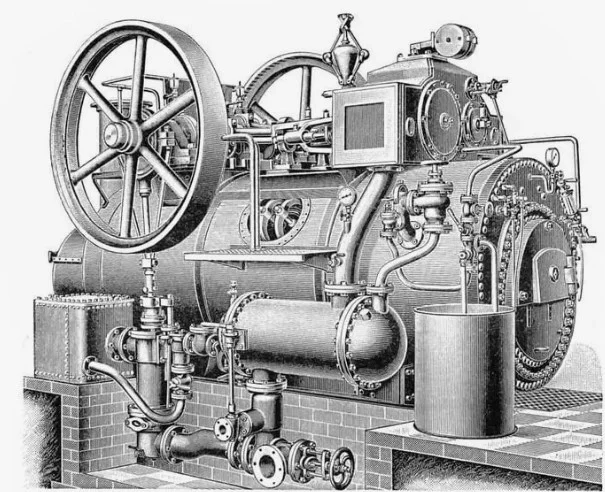
The roots of the steam engine can be traced back to the ancient Greeks, who experimented with rudimentary steam-powered devices. However, it was during the 18th century that the steam engine took its initial form as a machine capable of converting steam into mechanical energy. Inventors like Thomas Newcomen and Thomas Savery laid the groundwork for what would become a revolutionary force.
James Watt: Mastermind Behind the Steam Revolution
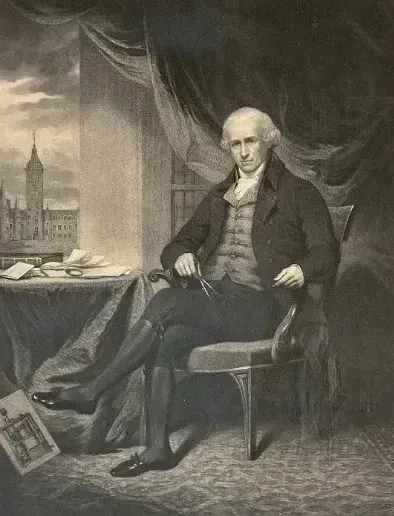
The true breakthrough in steam engine technology came with the innovations of James Watt. Watt’s improvements, including the separate condenser and the double-acting engine, significantly enhanced efficiency and laid the foundation for widespread industrial application. His visionary contributions earned him a place among the foremost pioneers of the Industrial Revolution.
Watt’s Transformative Contributions:
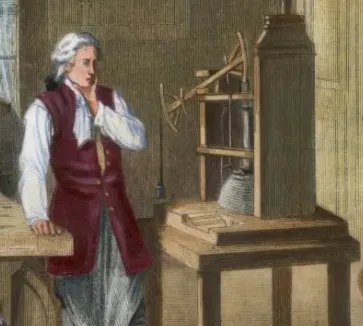
Separate Condenser: A game-changer that drastically improved efficiency by isolating the condensation process, allowing the engine to operate continuously.
Double-Acting Engine: Introducing a piston that moved in both directions, harnessing power on both the upward and downward strokes, increasing overall effectiveness.
Governor Mechanism: Watt’s incorporation of a centrifugal governor maintained a steady speed, crucial for industrial processes.
Industrial Revolution Unleashed: Steam Power’s Impact
Armed with Watt’s innovations, the steam engine became the driving force behind the Industrial Revolution. Its influence permeated various sectors, bringing about monumental shifts in manufacturing, transportation, and agriculture.
Revolutionizing Industries:
- Manufacturing: Steam-powered factories emerged, revolutionizing production processes and increasing output exponentially.
- Transportation: Steam engines powered locomotives and ships, shrinking distances and facilitating the movement of goods and people.
- Agriculture: Steam engines mechanized farming, leading to increased productivity and transforming rural landscapes.
Challenges and Criticisms: Navigating the Steam-Powered Landscape
While the steam engine marked a revolutionary leap forward, it wasn’t without challenges. Critics raised concerns about safety, environmental impact, and the displacement of traditional craftsmanship. However, the relentless march of progress prevailed, and the benefits of steam power ultimately outweighed its drawbacks.
Legacy and Long-Term Effects: Beyond the Smoke and Steam
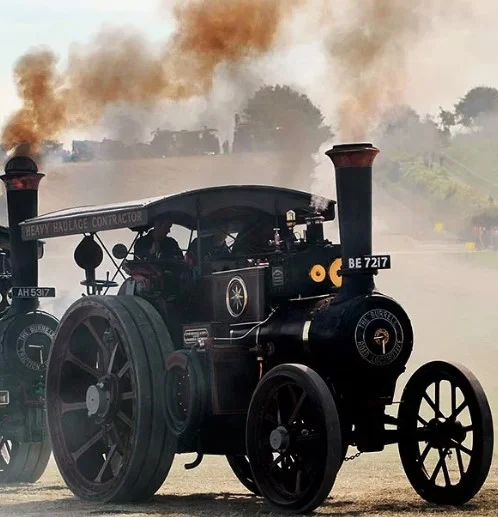
The Industrial Revolution, fueled by steam power, left an indelible mark on human civilization. Its legacy can be witnessed in the modern machinery, technological advancements, and urban landscapes that define the contemporary world.
FAQs
Q: What sparked the Industrial Revolution?
The Industrial Revolution was sparked by a confluence of factors, including technological innovations like the steam engine, population growth, and shifts in economic structures.
Q: Were there any notable predecessors to James Watt in steam engine development?
Yes, inventors like Thomas Newcomen and Thomas Savery made significant contributions to early steam engine development, setting the stage for James Watt’s groundbreaking work.
Conclusion
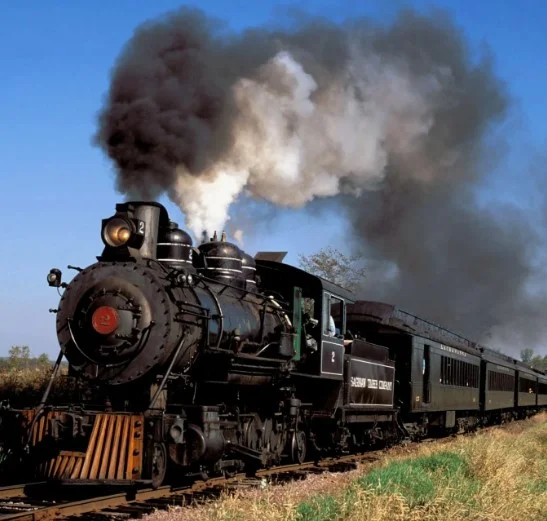
In tracing the origin of the steam engine and its role in the Industrial Revolution, it becomes evident that this invention was more than a mere mechanical marvel—it was a force that reshaped the fabric of societies. As we reflect on the steam revolution, we find not only the hiss of escaping steam but also the echoes of progress and transformation.












